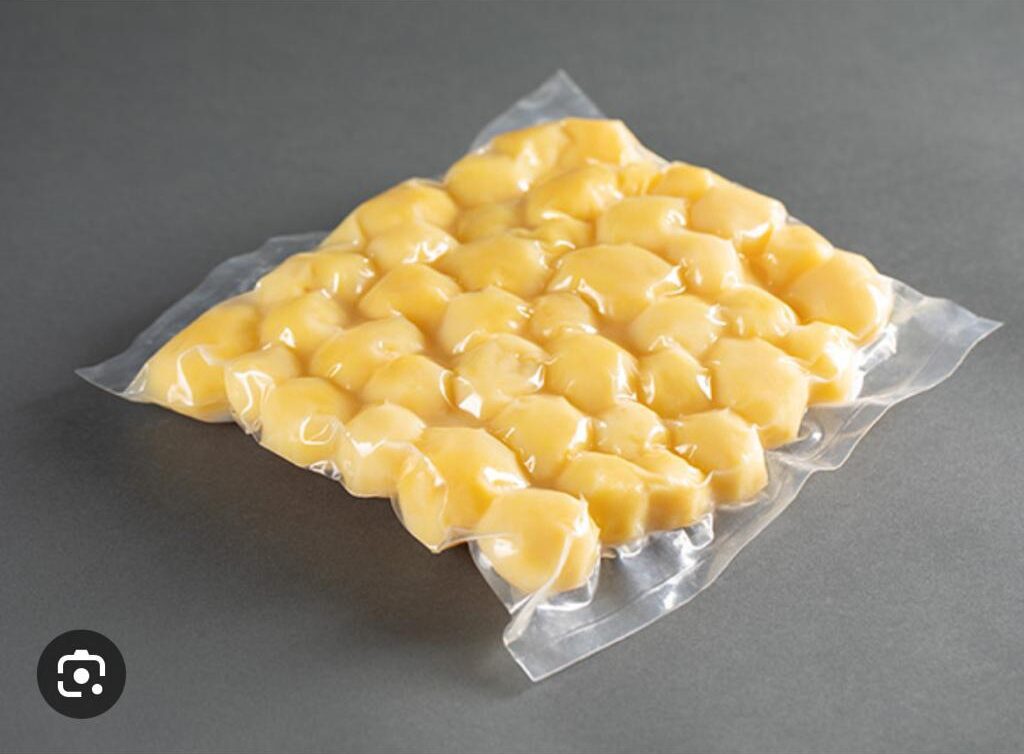
Preserving Freshness: The Role of Vacuum Sealed Poly Bags in Food Packaging
In the dynamic and fast-paced world of food packaging, the use of vacuum-sealed poly bags has become increasingly popular for preserving the freshness and quality of perishable goods. These innovative bags utilize vacuum technology to remove air and create a sealed environment, effectively extending the shelf life of fresh food products. In this write-up, we will explore the key features, benefits, and applications of vacuum-sealed poly bags, highlighting their crucial role in the food industry.
Key Features of Vacuum Sealed Poly Bags
Airtight Seal: The primary feature of vacuum-sealed poly bags is their ability to create an airtight environment by removing excess air from the packaging. This process helps prevent the growth of spoilage-causing microorganisms, maintaining the freshness of the enclosed food products.
Barrier Properties: Vacuum-sealed poly bags often come with enhanced barrier properties that protect the contents from external factors such as moisture, dust, and contaminants. This protective barrier is crucial for preserving the flavor, texture, and nutritional value of the packaged food.
Flexible Packaging: These bags are designed to be flexible, accommodating a variety of food shapes and sizes. Whether used for individual portions or bulk packaging, vacuum-sealed poly bags provide versatility in addressing different packaging needs.
Benefits of Vacuum Sealed Poly Bags
Extended Shelf Life: The removal of air significantly slows down the oxidation process, thereby extending the shelf life of fresh food products. This is particularly beneficial for perishable items such as meats, fruits, and vegetables.
Preservation of Quality: Vacuum-sealed poly bags help maintain the quality and freshness of food by minimizing exposure to external elements. This preservation of quality is crucial for meeting consumer expectations and reducing food waste throughout the supply chain.
Improved Hygiene and Safety: The airtight seal not only preserves freshness but also contributes to enhanced hygiene and safety. Vacuum-sealed packaging reduces the risk of contamination, providing consumers with confidence in the safety and integrity of the food they purchase.
Applications of Vacuum Sealed Poly Bags
Meat and Poultry Packaging: Vacuum-sealed poly bags are commonly used for packaging fresh meats and poultry. The removal of air prevents freezer burn and helps maintain the natural color and juiciness of the meat, ensuring a high-quality product for consumers.
Fresh Produce: Fruits and vegetables benefit from vacuum-sealed packaging, which helps slow down the ripening process and extends the freshness of the produce. This is especially useful for items with a shorter shelf life.
Improved Hygiene and Safety: The airtight seal not only preserves freshness but also contributes to enhanced hygiene and safety. Vacuum-sealed packaging reduces the risk of contamination, providing consumers with confidence in the safety and integrity of the food they purchase.
Conclusion
Vacuum-sealed poly bags have become indispensable in the food packaging industry, providing a reliable solution for preserving the freshness and quality of a wide range of perishable products. With their airtight seal, barrier properties, and flexibility, these bags contribute to reducing food waste, ensuring food safety, and meeting consumer expectations for high-quality, fresh produce. As technology continues to advance, vacuum-sealed poly bags are likely to play an increasingly vital role in shaping the future of food packaging and distribution.
